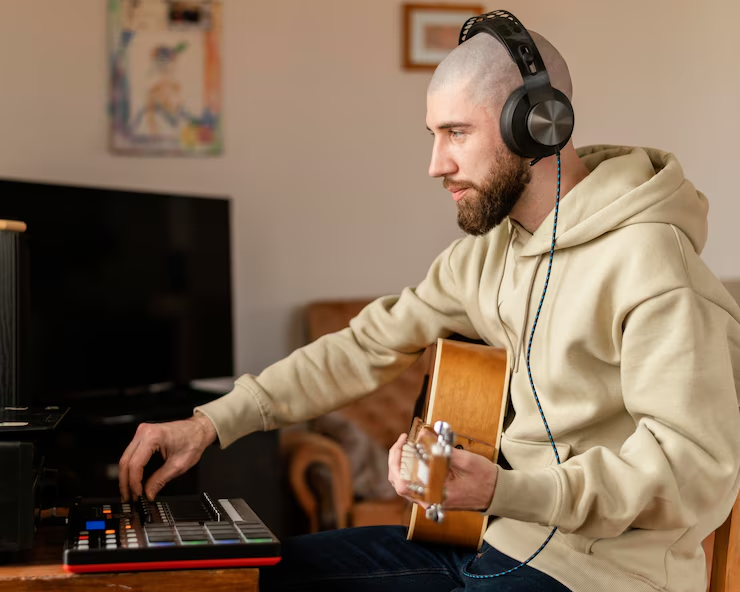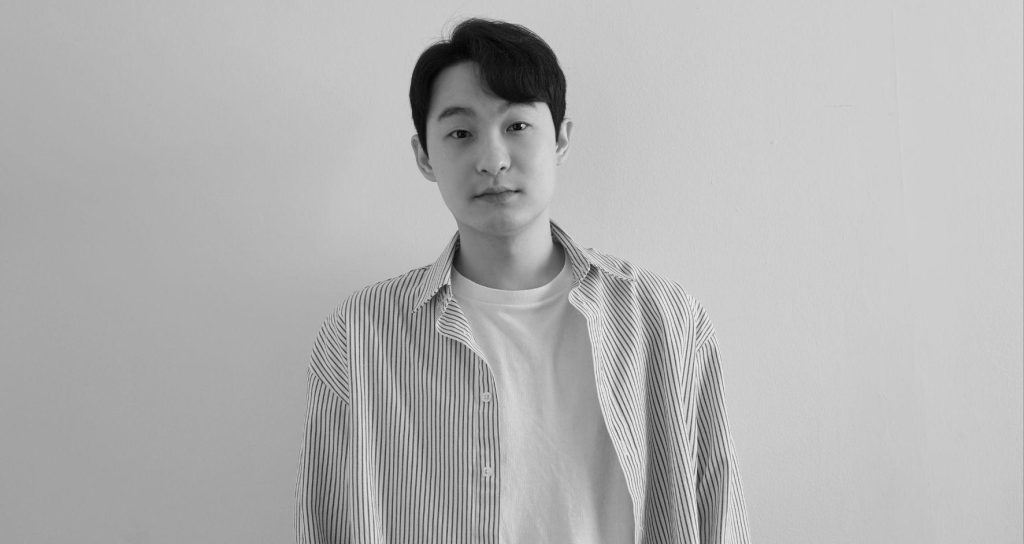When inspiration wanes and the mind feels like cotton wool, the usual methods no longer work. The musicians of the new generation are no longer waiting for the “arrival of the muse” – they are hacking their brains. Does it sound wild? Welcome to the world of neurohacking.
This is not about pills or miracle diets, but about a conscious approach to thinking, focusing, and creativity. From meditation and silence to special playlists and trackers, every artist is looking for their way to be productive and inspired.
Do you want the same? This article contains practical techniques, real-world examples, and tools that already work.
Music and the Brain: Why Creativity Is Not Chaos, but Structure
It seems that creativity is an outburst of genius, a chaotic flow of ideas that cannot be controlled. But in reality, everything is different. Real creativity is often based on a clear system. Our brains don’t like clutter. It unfolds in terms of rhythm, habits, and predictability.
Music is a powerful tool in this. It affects neural connections, synchronizes the hemispheres of the brain, and helps to adjust to the desired state. That’s why many artists build rituals around themselves. Mozart composed early in the morning, in silence. Bowie often went away alone to immerse himself in the sound. Björk used the sounds of nature and the rhythms of breathing.
Creativity is a muscle. And like any muscle, it needs training. Music allows you to do this softly, consciously, and with pleasure.
The power of creativity stems from the process of spending effort on customization. Your brain can do many wonderful things for you. At this point, you only need to set your frequency and choose the proper track.
What You Can Do: Technicians, Trackers, Practitioners
Neurohacking is not a closed club for scientists and producers with millions. Anyone can start. The main thing is to want to take the first step. Below are two simple but effective techniques to start with:
Pomodoro with music: Set the timer for 25 minutes and turn on a calm instrumental track. Work without distractions. Then – 5 minutes of silence. Repeat the cycle 3-4 times. This rhythm helps the brain to get into the flow and keep the focus.
Meditation with binaural rhythms: Turn on the sound with a frequency of 432 Hz, close your eyes, and focus on breathing. After 10 minutes, you will feel clear in your head.
And if you want to understand more deeply how your thinking works, try to take a cognitive test. MyIQ is a great option. Check MyIQ reviews and see for yourself. It will show you what to work on: attention, memory, and reaction speed.
Remember: the brain is a tool. It also needs to be configured. When was the last time you did this?
What Is Neurohacking – Simple and Clear
Neurohacking may sound like something out of a futuristic movie, but it’s a practical method to improve brain function. The point is to use simple habits and techniques to better manage your condition without using technology or magic. It all comes down to being attentive to yourself.
The main idea of neurohacking is the ability to control conditions such as:
- Concentration.
- Inspiration.
- Relaxation.
- Quality sleep.
Understanding these processes helps you become more productive, balanced, and happy.
That’s how it works:
- A stimulus (such as sound, movement, or breathing).
- Brain response (change of rhythm, increased attention, release of nutrients).
- The result is a flow condition and maximum efficiency.
Neurohacking is a conscious choice: to be distracted or to focus, to wait for inspiration or to create it yourself. All control is in your hands. Are you ready to try?
How Artists Do It – Real Cases
Many famous musicians have been practicing neurohacking for a long time, consciously or intuitively.
Grimes uses experimental sound frequencies and meditation to get into a creative state. According to her, she creates a sound environment around herself in which the brain begins to work differently.
Radiohead’s Thom Yorke appreciates silence and minimalism. He prefers solitary work and is sure that it is silence that helps to filter and form ideas.
FKA twigs uses movement and dance as a way to unlock emotional flow and enhance creativity.
Rick Rubin practices the “do nothing” method. His philosophy is that in a state of rest and emptiness, the best ideas are born.
They all have their approach, but they have one thing in common – they do not fight the brain, but cooperate with it. If they can, then you will find your way to creativity.
Conclusion
Creativity is not an innate gift, but a skill that can be developed. All it takes is music, mindfulness, simple daily habits, and a little determination. These are the keys to unlocking the potential of your brain and working at full capacity.
You don’t have to be a superstar or a meditation master. It’s enough to start with small steps: turn on a suitable track, try a new practice, or just take a minute for yourself.
The brain is your main tool, and you are able to adjust it. It all depends on the desire. Are you ready to take the first step?





















